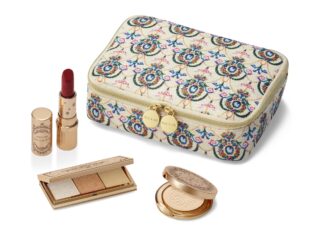This website uses cookies so that we can provide you with the best user experience possible. Cookie information is stored in your browser and performs functions such as recognising you when you return to our website and helping our team to understand which sections of the website you find most interesting and useful.
Interview: Dorothy Circus Gallery founder Alexandra Mazzanti on her new museum launch, being a woman in the arts and championing female artists
By Shivani Dubey | 3 June 2024 | Arts, Culture
No one celebrates the ‘feminine essence’ better than Alexandra Mazzanti. Here, the Dorothy Circus Gallery founder tells us everything we can expect from the new launch in Venice
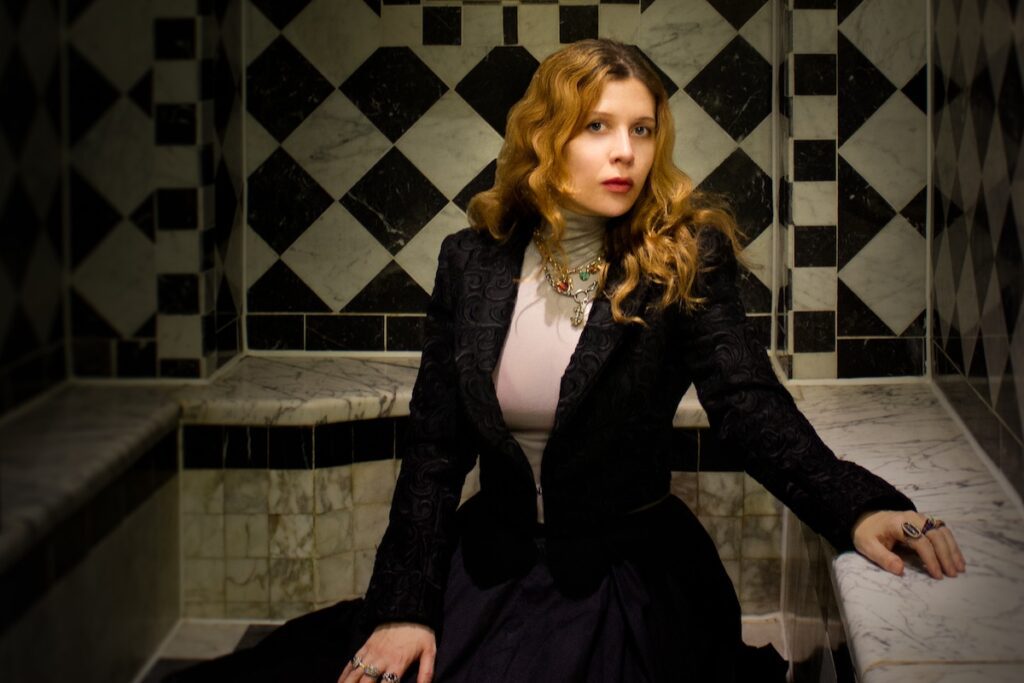 Alexandra Mazzanti has always done things differently. Hailing from Italy, she founded the Dorothy Circus Gallery in Rome in 2007, followed by an expansion into London in 2016. An art collector and curator herself, she has always had a keen eye for figurative art, and has made sure she uplifts and highlights female artists every step of the way.
Alexandra Mazzanti has always done things differently. Hailing from Italy, she founded the Dorothy Circus Gallery in Rome in 2007, followed by an expansion into London in 2016. An art collector and curator herself, she has always had a keen eye for figurative art, and has made sure she uplifts and highlights female artists every step of the way.
Now, she has set her sights on Venice. Alexandra is set to launch an intimate museum and foundation, which explores the feminine essence. For someone who has brought female artists’s perspectives on women’s rights and social issues to the forefront, this is nothing out of the ordinary.
Here, Alexandra Mazzanti sits down with Tempus to discuss the Dorothy Circus Gallery, her latest launch, being a woman in the arts and championing female artists through her gallery.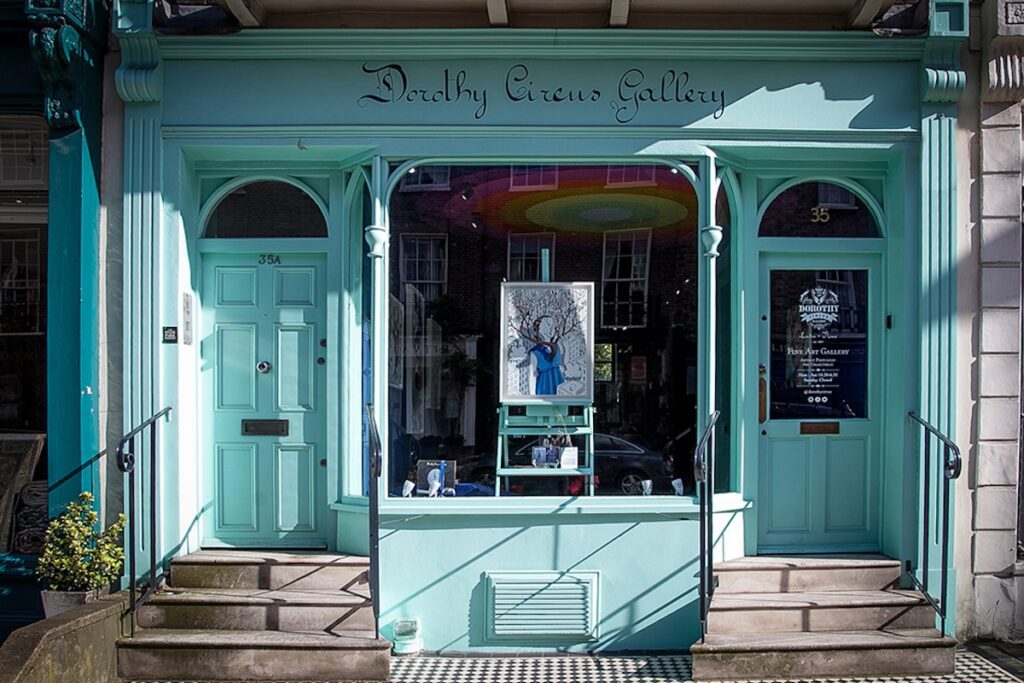 You founded the Dorothy Circus Gallery. Can you please talk to us through that journey?
You founded the Dorothy Circus Gallery. Can you please talk to us through that journey?
Dorothy Circus has been a magical revolution, originating in Rome with its circus-like nature and always open to expansion. Back in 2007, when the art world was celebrating funerals of figurative art and imposing flat, conceptual, and abstract forms that no longer represented contemporary feelings, my mother and I travelled to the USA and became passionate about the masterpieces created by the pioneers of pop surrealism, such as Mark Ryden, Joe Sorren, Marion Peck, and many others.
We saw the incredible talent of these artists who were swimming against the current, delving deep into art history, and regenerating a new, beautiful, and powerful form of painting. We felt a profound need to give these works a home, to provide a stage for these talented artists, and to celebrate their ability to merge historical techniques with contemporary themes in a way that resonated deeply with modern audiences.
Since then, that root of surrealism, resurfacing with a wealth of suggestions, has spread like wildfire and now escapes the label of pop surrealism, as no definition can be appropriate for an ever-evolving movement.
You’re about to launch an intimate museum and foundation in Venice. How do you feel about that? And what are your hopes for this new launch?
I am very excited and cannot wait to inaugurate this new project and its “cultural salon.” The foundation bears the name of my mother, who left us prematurely but continues to live within us—myself and my three children. The MDG Foundation lays the groundwork for the future of artistic movements that have contributed to writing the history of modern sentiment. It bridges the past with the future in a dialogue that explores the symbolism and themes of humanity. United by the theme of memory, it celebrates its eternity.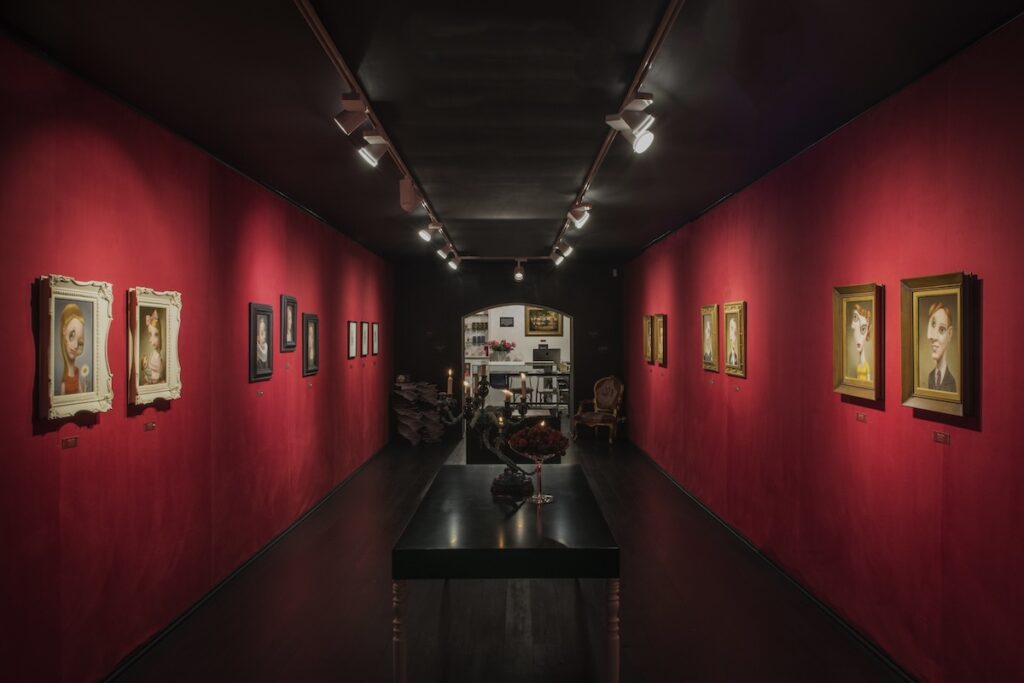 I hope our audience will take up the challenge to put down their phones and come to see, touch, smell, and listen to our collection and exhibitions in person. Our goal is to take a step back and rediscover the non-virtual experience and the magic that a place as enchanting as Venice can still offer—Biennale aside!
I hope our audience will take up the challenge to put down their phones and come to see, touch, smell, and listen to our collection and exhibitions in person. Our goal is to take a step back and rediscover the non-virtual experience and the magic that a place as enchanting as Venice can still offer—Biennale aside!
The Venice launch is meant to celebrate ‘feminine essence’. What does that mean to you? And what can visitors expect to see there?
The feminine narrative we aim to celebrate is deeply connected to the bond between mother and children, the transmission of values, passions, and culture from parents to children. My mother guided me on where to look, and in turn, I have passed this on to my children through a maternal femininity that transcends gender, embodying the values of love, protection, and nurturing. We dedicate an entire salon to femininity, its language, the muse of the past and present, and its secrets.
Can you talk us through the challenges — if any — of being a woman in the arts? Especially as the founder of Dorothy Circus Gallery?
I can share what this has meant for me: my way of being a woman in the art world is intrinsically linked to my nature — [which is] gentle, kind, understanding and polite. These qualities have often been misjudged and mistakenly interpreted as signs of weakness. I have always approached colleagues and professionals with humility and a collaborative spirit. However, the machos of the art world can often feel threatened by a ‘blonde with a brain’, [someone] who is also kind and sweet yet indomitable. This combination can provoke an aggressive reaction from some but I firmly believe that love conquers all — amor vincit omnia.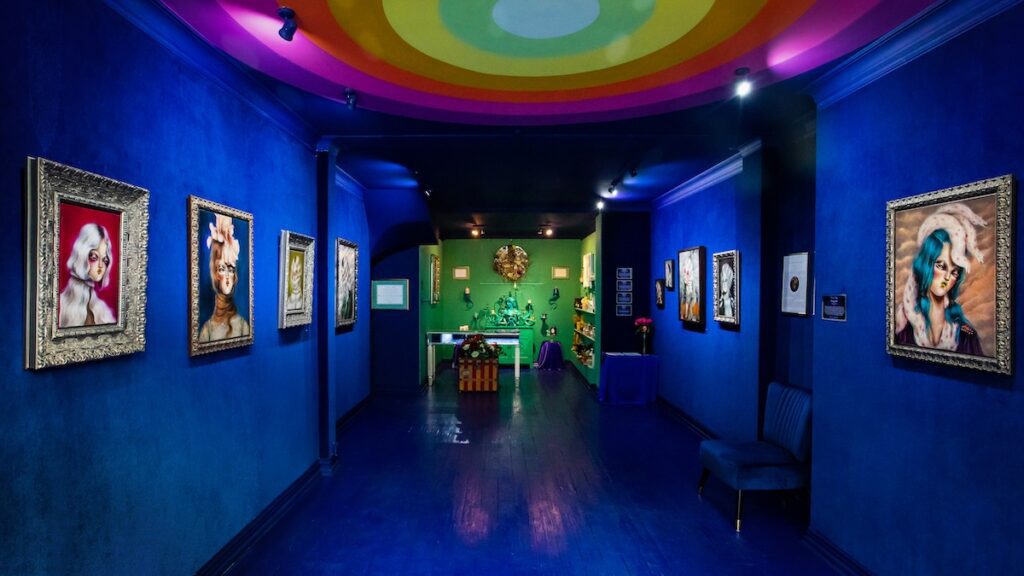 You have made a point to champion female artists throughout your career. Can you talk a little about that? What was the thought process behind this decision?
You have made a point to champion female artists throughout your career. Can you talk a little about that? What was the thought process behind this decision?
In reality, my focus on female artists wasn’t a deliberate choice but rather an instinctive response to the noticeable absence of a feminine visual language in art. This drive is closely tied to my long-standing study of women artists from the past, a journey that has always resonated with me and created a profound sense of alignment.
Femininity in art has always been omnipresent, whether as a muse inspiring the artist or as the creator herself. This duality has made femininity a central theme in my mother’s collection, which is a gallery of female portraits that shaped my early visual imagination. This upbringing ignited my exploration and analysis of visual language and the powerful messages conveyed through femininity.
I prefer to discuss feminine visual languages rather than solely focusing on female artists. Many male artists also engage with feminine visual language as a counter to masculine ideals of power, greatness, and sexism that often dominate the art world. This perspective broadens the understanding and appreciation of how femininity influences art, transcending gender and enriching the cultural dialogue.
You have said previously that you choose to curate a sentimental gallery instead of a commercial one. Why? And what does that entail?
My journey as a gallerist has been quite unconventional. I’ve always been a proud outsider, rarely identifying with standard professional roles. I did not approach this profession with profit in mind or to seek to stand out with a personal ego. Instead, my aim has always been to find deeper meanings in contemporary art, sentimental art of the 18th century and the romanticism that moved me as a child. My choices are never commercial. Regardless of the passionate curatorial research that my team and I pour into every exhibition project, our priority is the culture of sentiment.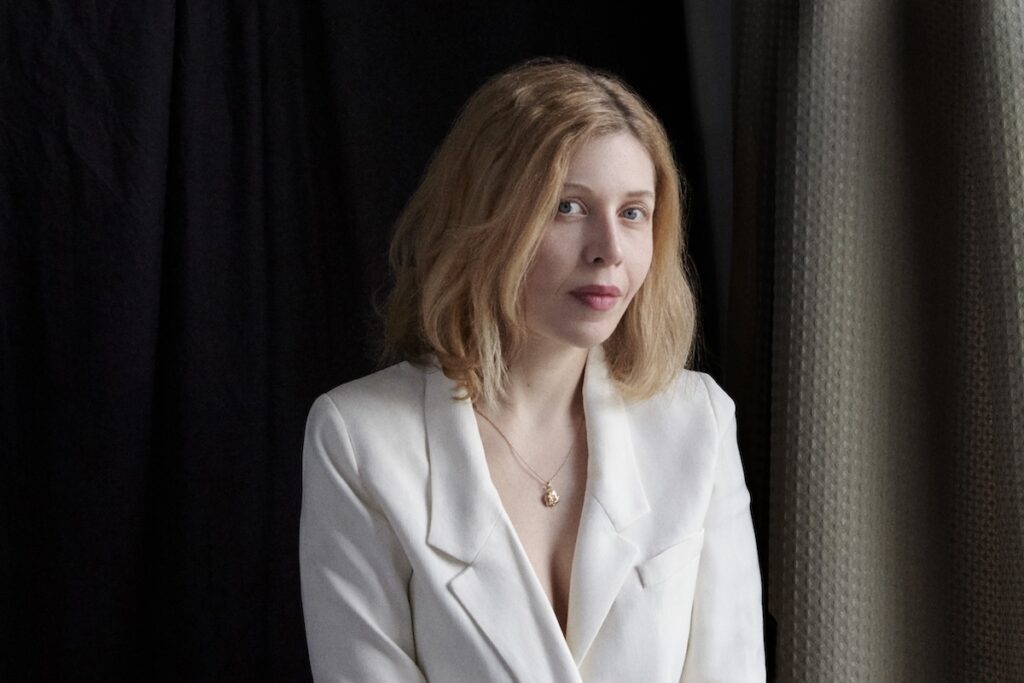 We focus on selecting artists whose work resonates on an emotional level, fostering the creation of a cohesive group of enthusiasts who gather to share both inspiring and formative moments. This focus on heartfelt connection and emotional experience is the natural outcome of our dedication and passion.
We focus on selecting artists whose work resonates on an emotional level, fostering the creation of a cohesive group of enthusiasts who gather to share both inspiring and formative moments. This focus on heartfelt connection and emotional experience is the natural outcome of our dedication and passion.
What is next for you and the Dorothy Circus Gallery?
DCG celebrated its 18th birthday this year and will be 20 by the time of the MDG Foundation launch. I am working on making the distinction between the curation of our galleries in Rome and London even more pronounced. Besides my youngest, who is 7, my eldest children are now 24 and 21. Both are passionate about art, and I see them taking over DCG when the time is right. They are also considering opening another branch in Asia.







